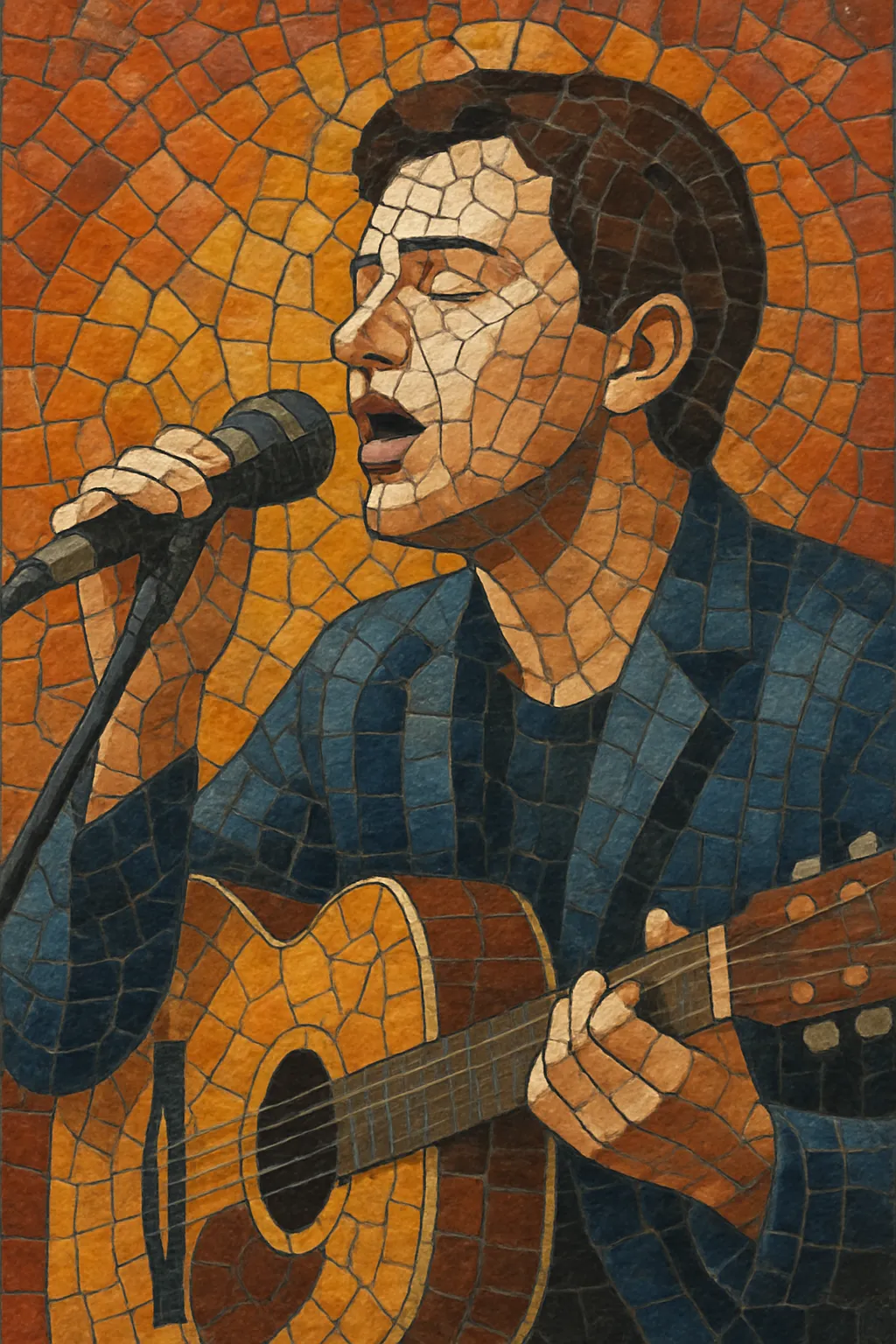Canción melódica is a Spanish popular song tradition centered on emotive, melody-forward ballads delivered by powerful vocalists and framed by lush, orchestral arrangements. It is the Spanish counterpart to Europe’s mainstream schlager and the Italian canzone tradition, but with clear ties to Iberian styles and Latin romanticism.
Characterized by dramatic vocal climaxes, key changes near the finale, and string-heavy, cinematic backdrops, the style privileges memorable melodies, heartfelt lyrics, and a polished, elegant sound. Its themes revolve around love, longing, heartbreak, and resilience, using poetic images and rhetorical flourishes to maximize emotional impact.
The genre achieved mass popularity in Spain and the Spanish-speaking world from the late 1960s through the 1980s, and its repertoire remains a staple of television galas, festival circuits, and nostalgic revivals.
Spanish canción melódica draws on several currents: the sentimental intimacy of the bolero, the theatrical projection of copla, and the mainstream polish of French chanson and Central/Northern European schlager. Postwar song festivals, radio, and early television in Spain consolidated a taste for melodically rich, decorous ballads backed by orchestras, setting the stage for a distinct national style.
By the mid‑1960s, Spain’s festival culture (Benidorm, Mediterranean Song Festival) and Eurovision exposure helped codify the genre’s sound: soaring vocal lines, clear formal structures (verse–pre‑chorus–chorus), and climactic modulations. Arrangements emphasized strings, harp, woodwinds, and tasteful rhythm sections, often with an easy‑listening sheen.
The 1970s marked a golden age with stars who defined the idiom through virtuosic singing and memorable repertoire. Recording technology and broadcasting expanded its footprint across Latin America, where the style intertwined with the Latin ballad market. In the 1980s, synthesizers and electric pianos joined the palette without displacing the orchestral core, keeping the dramatic arc and key‑change finales intact.
While later pop trends diversified the charts, canción melódica remained a touchstone for gala television, symphonic crossover shows, and heritage tours. Its songwriting craft and vocal aesthetics directly informed Latin pop balladry and continue to influence contemporary arrangements that seek timeless, romantic grandeur.
Aim for an emotionally direct, melody‑led ballad with a dignified, polished presentation. The drama should build toward a climactic final chorus, often heightened by a key change.


